Why are the rosebuds not blooming and what to do?

If the buds of roses that are grown outside in the garden do not bloom, dry, rot or wither, then this indicates that the bush plant has some kind of problem. It can be rooted in improper care, poor conditions, or even illness. This article will tell you what to do if the buds deteriorate without blooming, do not develop, get sick and look ugly.
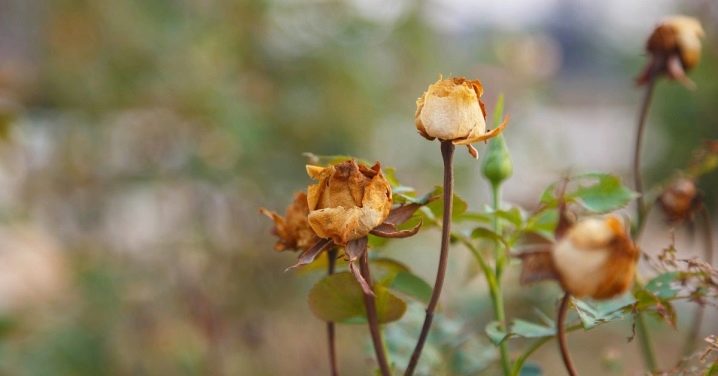
Bad conditions
Poor conditions are one of the most common reasons why rosebuds deteriorate before blooming or do not fully bloom.
Poor conditions are often understood to mean too much sun. Of course, a pink shrub needs sunlight for full growth and development, but its excess for this culture is destructive. Excessive lighting in hot weather can negatively affect flowering. The plant in such conditions produces small buds and does not open them.
However, the lack of lighting also harms the culture. If a rose is planted in a too shaded place, then in this case it may stop developing, it will not have enough energy to bloom. Subsequently, the plant may begin to shed leaves and unblown buds.
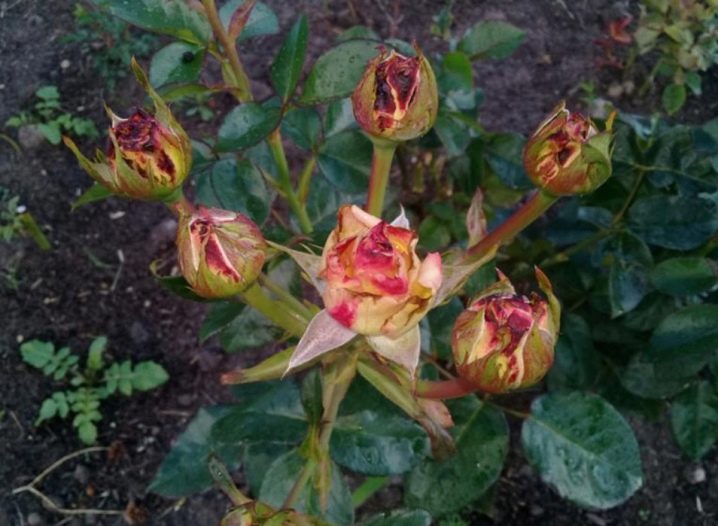
It is possible that rosebuds look ugly due to sunburn.... It can happen when the buds open in unstable weather, which is characterized by sudden changes in temperature and rains, which are unexpectedly replaced by the scorching sun. Delicate flower petals turn out to be moistened, and why do they dry abruptly, which is why the petals stick together. As a result, the bud dries up, begins to turn black and subsequently falls off.
To fix this problem, you need to carry out pruning bushes, which are in direct sunlight, and branches with buds in this case should be placed so that they are hidden from the sun under cover or in the shade of a green mass.
In addition, changes in the weather can provoke not only sunburn, but also other problems - for example, the occurrence of dry spots that turn brown. Such buds open, but wither quickly.
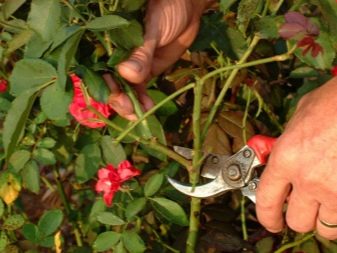
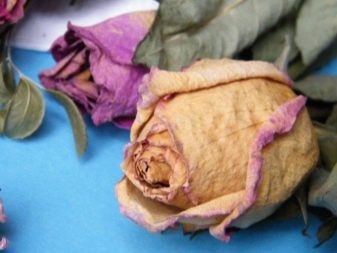
Weather conditions, even if there are no sharp changes in them, can still have a detrimental effect on the plant. So, with prolonged and heavy rains, a pink bud forms, but does not open, its outer surface begins to become covered with mucus, and it dries along the edges. In the heat, the buds grow small, do not open, and the shoots of the bush become weak, lethargic and tend to the ground. As a result, flowers in such weather become dull and dry quickly.
It is possible that harmful insects... They actively suck juices from the plant or feed on its parts, which causes many problems: the culture begins to weaken and loses its immunity, which allows it to resist attacks from parasites and any infection. In addition, parasitic insects are also carriers of diseases, which also affects the state of the plant not in the best way.
To provide the rose bush with quality conditions for growth and development, it is necessary to get rid of parasites. To do this, we recommend using chemicals, especially if the pests have proliferated, and folk remedies.

Improper care
Irrigation
Irrigation errors also lead to certain problems. So, if, when watering, drops of water fall on the leaves and buds, then this is fraught with sunburn for the plant, especially if watering occurs during the daytime.
Harmful to shrubs and lack of moisture after all, it is water that helps the plant to develop and grow fully. With its deficiency, salt begins to accumulate in plant cells, which leads to a violation of enzyme synthesis. As a result, the buds begin to shrink, they do not bloom, dry and wither. If the problem is not corrected in time, not only the buds can wither, but the entire shrub completely.
However, excess moisture goes to the harm of the plant, although some summer residents are firmly convinced of the opposite. In fact, too much water negatively affects the root system: it turns out to be unable to absorb the necessary elements that are contained in the soil. Because of this, the buds begin to bloom worse, their color fades, they wither and eventually fall off.
It is not so difficult to solve the problem in both cases: it is enough just to adjust the water application mode.

Top dressing
Improper fertilization, despite the fact that the plant really needs them, can also be harmful. Usually in such cases we are talking about an excess of certain trace elements, in particular nitrogen. Too much of it leads to drying out of the buds and foliage falling off. As a result, the bush simply dies. In such cases, it is recommended to reduce the amount of applied nitrogen fertilizers to a minimum or stop applying them altogether.
However, infertile soil, especially sandy, clayey or podzolic, is also harmful to the plant. The lack of certain macronutrients, namely boron, potassium, phosphorus and molybdenum, is fraught with a number of problems: the buds dry before even opening, the stems begin to bend to the ground, the plant does not find the strength for full growth and development.
You can cope with such a problem by introducing complex fertilizers into the soil, but you should not overdo it with them, because there should be a measure in everything.
Track the condition of the plant and its reaction to certain feeding, so as not to harm your care.
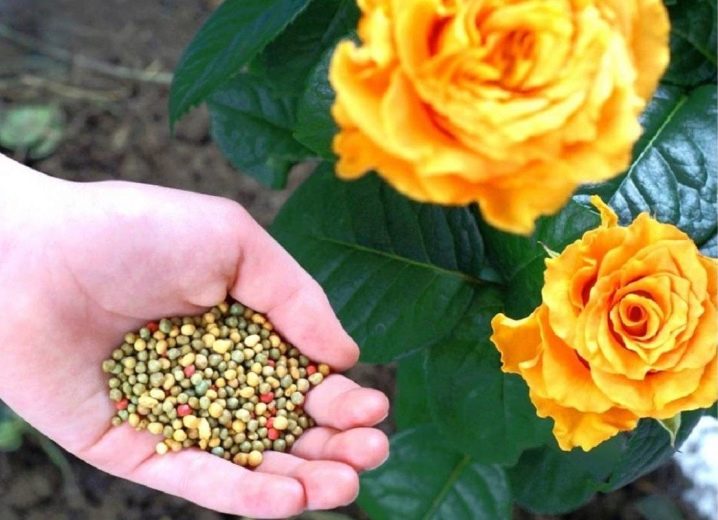
Treatment of diseases
One of the most common causes of bud problems is a variety of diseases, such as mold or mildew.... To notice this problem, it is worth taking a closer look at the buds: usually, with a fungus, they become covered with mucus, and then dry out and look ugly. Such phenomena are especially typical for rainy days, provided that the shrubs are in a poorly ventilated place. A fungus or mold may well provoke the appearance of rot, which will negatively affect the state of the root system and the decorative effect of the shrub.
Usually, if the pink buds wither, then this may indicate one of such diseases as stem cancer, powdery mildew, spotting, rust or gray rot... With these diseases, parts of the plant rust, turn yellow, darken or even turn black. As a result, they dry out and die off.
Such diseases can be transmitted from plant to plant with the help of garden tools that have not been disinfected, air masses, as well as harmful insects and when plantings are thickened. It turns out to be a very difficult task to deduce these diseases later.
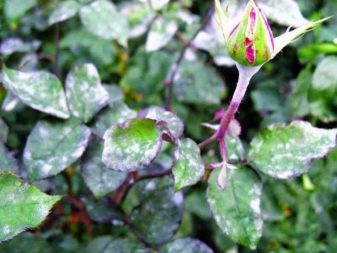
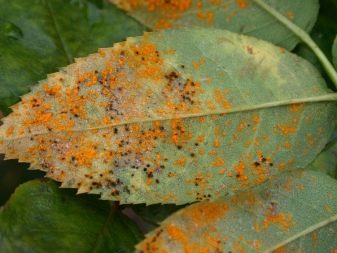
To deal with these misfortunes, it is important to eliminate all affected areas in a timely manner, after which the plant should be carefully treated with fungicidal preparations, paying special attention to the cut sites. Flowers can be treated with a solution of Bordeaux liquid, as well as with such means as "Topaz", "Fitosporin-M" or "Skor". Before using them, we recommend that you carefully read the instructions, which are usually located on the packaging.
However, if the case is neglected and the disease has developed, then in this situation the shrub will have to be completely destroyed, otherwise there is a risk of losing many plants.
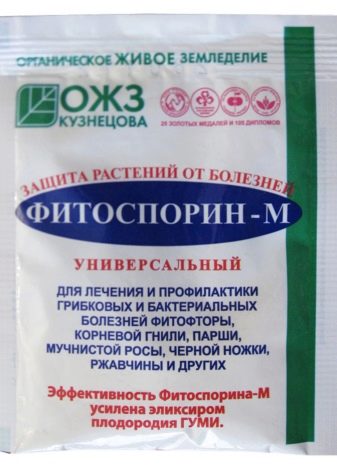

To get rid of fungal diseases, shrubs also need to ensure high-quality circulation of air masses without fail. To facilitate this, the bushes need to be planted at a certain distance from each other, avoiding thickening.
Besides, it is recommended to regularly prune, which is usually carried out at the end of winter or during early spring, before the plants have time to wake up. In this case, it is necessary to remove precisely the weak processes of a small size, as well as those parts of the bush that interfere with each other. Ideally, the shrub should have an open appearance so that nothing interferes with the circulation of air masses.
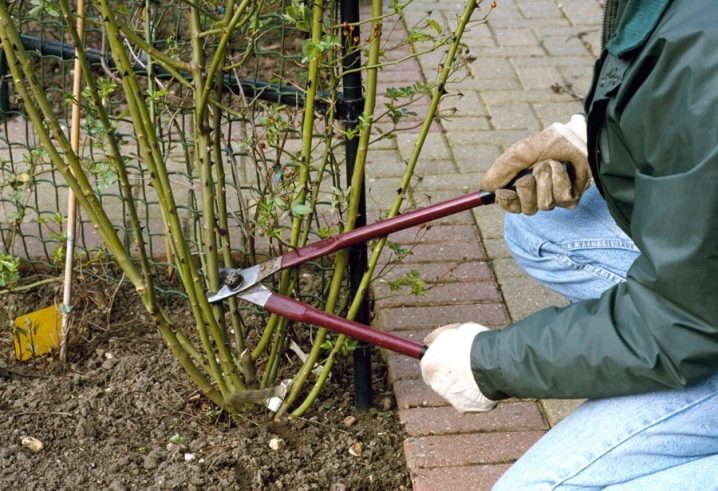

































































































The comment was sent successfully.